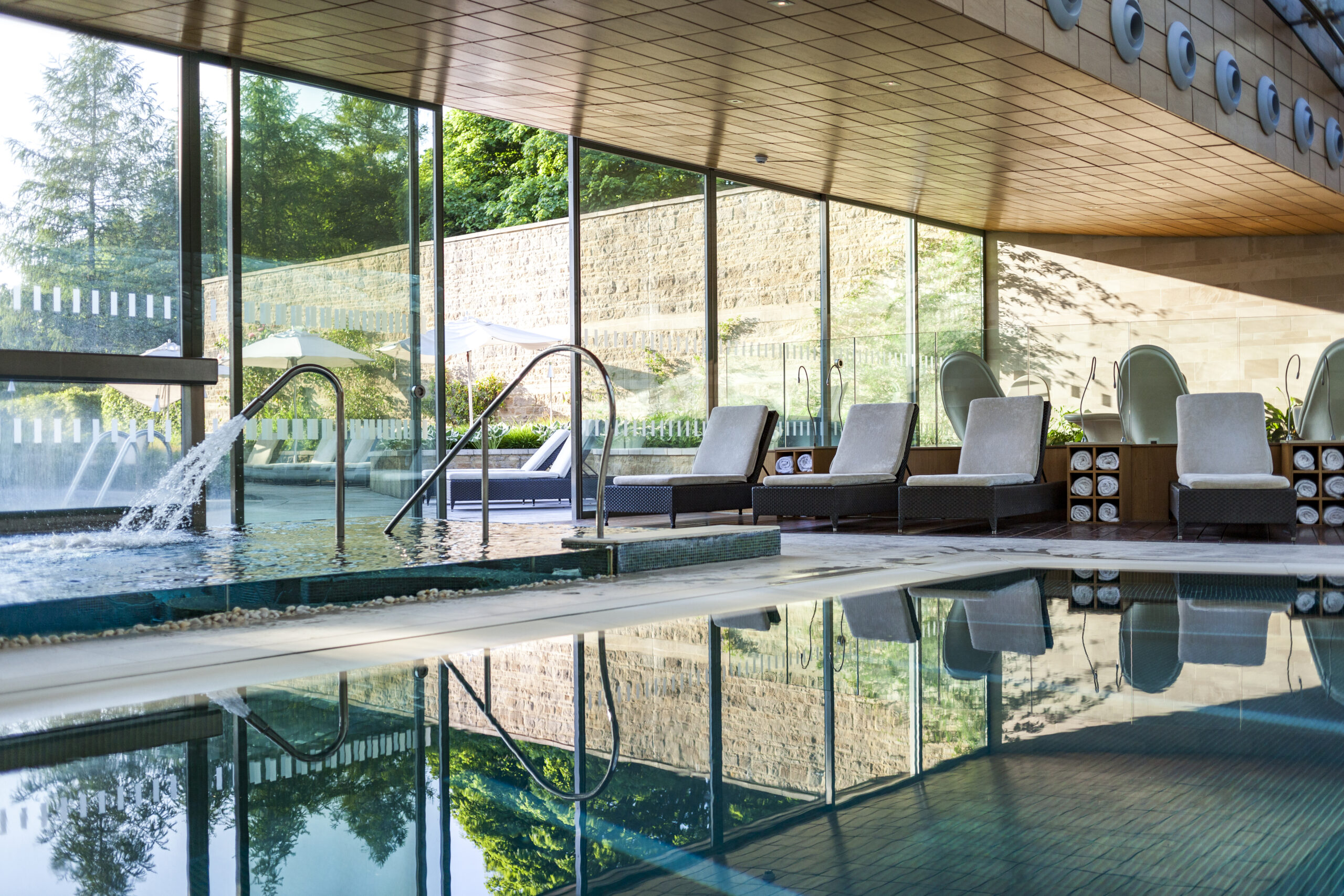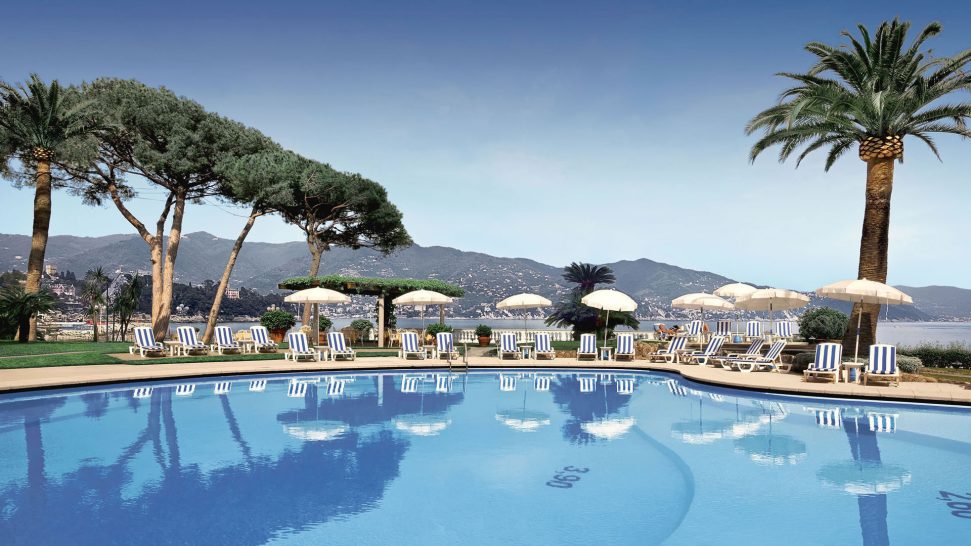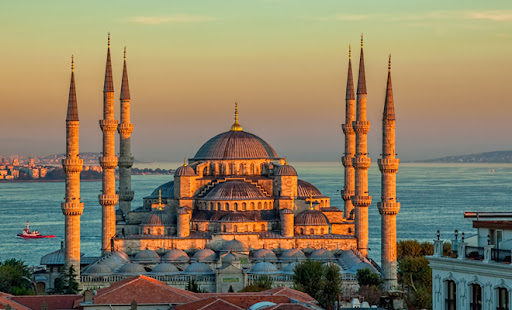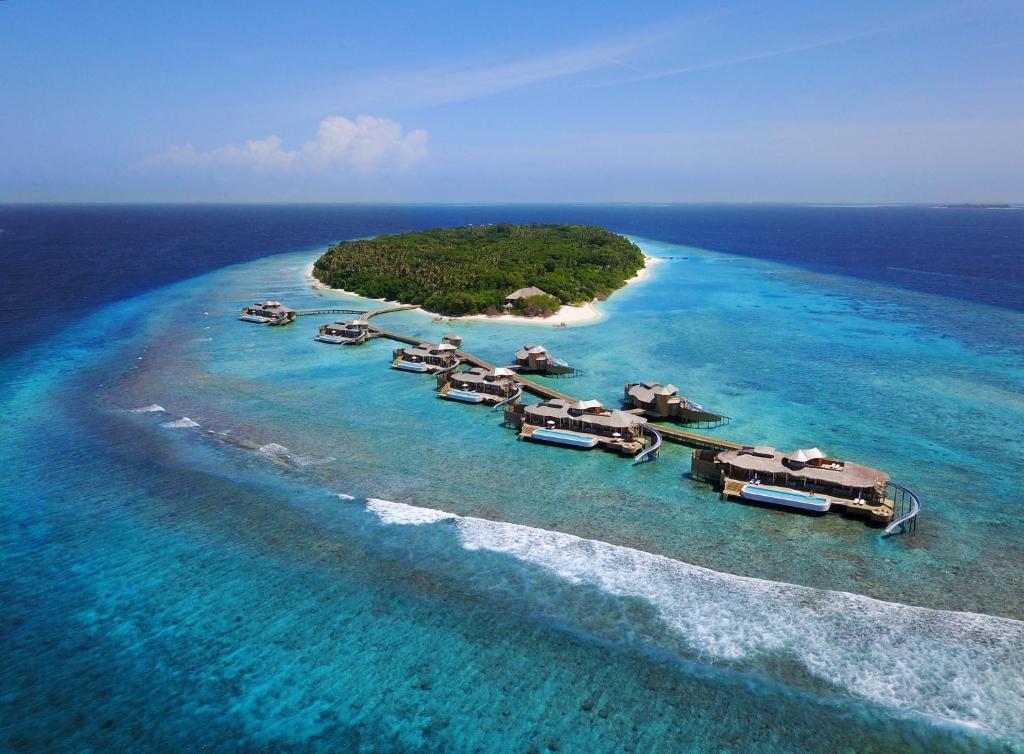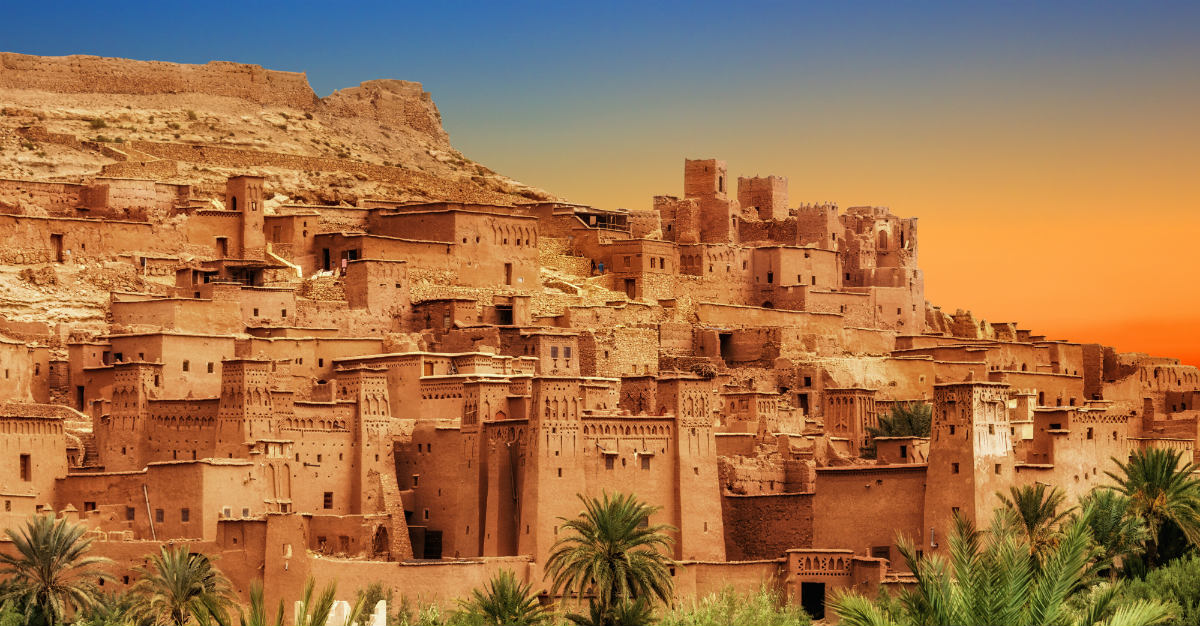
8 Reasons the Middle East Is Becoming the Stage for Architectural Grandeur
The region has emerged as a canvas where ambition, culture, and innovation converge. Architecture here is not merely functional but symbolic—an expression of heritage, aspiration, and vision that is reshaping skylines and redefining grandeur for the 21st
The region has emerged as a canvas where ambition, culture, and innovation converge. Architecture here is not merely functional but symbolic—an expression of heritage, aspiration, and vision that is reshaping skylines and redefining grandeur for the 21st century.
The drive to create global icons has placed the region at the forefront of landmark construction, with towers, museums, and cultural districts designed to signal both modern power and timeless identity.
Traditional design languages are being reinterpreted through contemporary forms. Courtyards, mashrabiya patterns, and desert-inspired geometries are integrated into bold new structures, connecting innovation with heritage.
Vast resources allow experimentation at unprecedented scales. Projects that once seemed impossible—artificial islands, desert cities, and megastructures—have become realities that challenge architectural norms.
The desert and the sea offer elemental backdrops that amplify architectural drama. Structures are conceived as responses to climate, light, and landscape, transforming natural constraints into theatrical opportunities.
Global starchitects have been drawn to the region, creating a competitive environment where signature projects—from cultural museums to futuristic airports—are commissioned as statements of vision.
Sustainability is no longer secondary. Cutting-edge designs in the region are integrating solar fields, water recycling, and climate adaptation, positioning the Middle East as a laboratory for sustainable urban futures.
Cities are reimagined as global stages. Districts are planned not only for living and commerce but for cultural diplomacy, attracting tourism, investment, and dialogue through architectural spectacle.
The result is a new narrative of identity—one that merges ambition with cultural pride. The region is demonstrating that architecture can be both a reflection of tradition and a declaration of the future.
8 Reasons the Middle East Is Becoming the Stage for Architectural Grandeur

